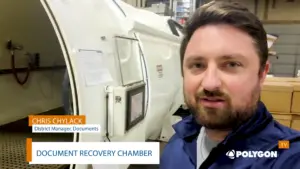Three Common Mistakes Entrepreneurs Make When Building a Carwash
There are several factors to consider when starting a car wash business. From scouting the optimal location, to choosing the best type of car wash to set up, to licensing, permitting and tax considerations, there are many crucial elements that must be addressed. However, quite often vital details are overlooked or go unheeded, leading to mistakes that can complexify processes and affect overall operations. The three most common construction mistakes entrepreneurs make when building a car wash include:
1. Missing or improper placement of conduit.
Carwashes require air, water and electricity. Missing or improperly placed conduit during construction can make or break a carwash. Electricity and water must be available where needed.
2. Insufficient space for turning radius.
Customers must be able to maneuver cars into and out of a car wash easily. Trouble entering or exiting can be frustrating, and customers may choose a competitor over your location just for that reason alone. Ample turning radius is vital.
3. Incorrect slope of trench/conveyor.
For rear wheels to sit properly on a dolly, the conveyor needs to rise slightly. While a marginal upward slope is ideal, and a flat or no slope can be manageable, a downward slope is unfeasible.
Iron Fox to the Rescue
When building a car wash, a comprehensive business plan is necessary to ensure long term success. Finding an experienced partner that can help guide business decisions and streamline operational processes is key.
Iron Fox is that partner.
Prior to construction, Iron Fox’s consulting and technical team can provide advice on lot layout and design, building size and location, conduit placement, conveyor length, and traffic flow.
If your carwash has already been constructed, Iron Fox can still help. Our team has real carwash experience and the technological and mechanical expertise to help alleviate mistakes made during the build phase.
By leveraging Iron Fox, you can ensure the proper construction and design of your new carwash or the proper operation of an up and running location. Our operational knowledge and specialized capabilities can get you quicker to market with less impact on bottom lines.








